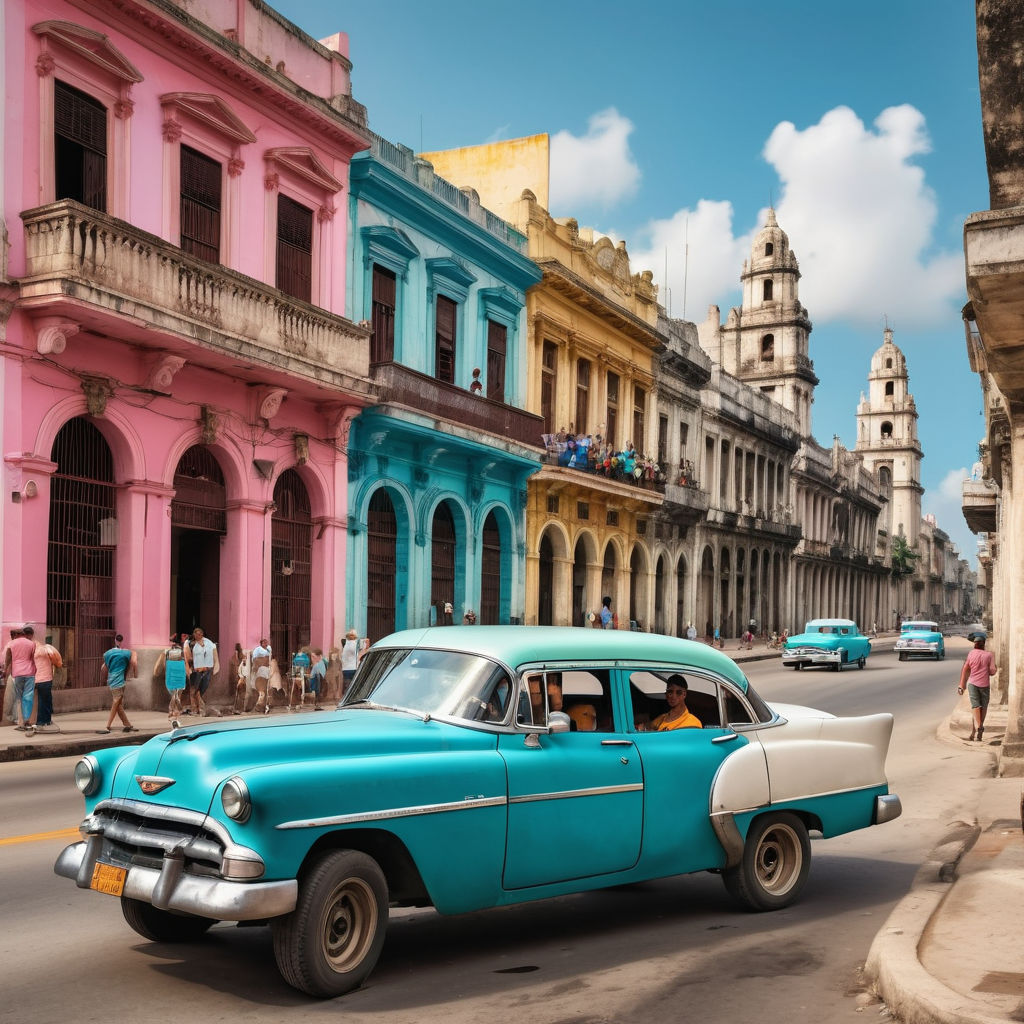Discover Cuba: A Vibrant Island of Culture and History
Explore Cuba's Rich Cultural Heritage and Scenic Landscapes

Introduction to Cuba
Cuba, the largest island in the Caribbean, is renowned for its vibrant culture, rich history, and scenic landscapes. Located south of the United States and east of Mexico, it boasts major cities like Havana, Santiago de Cuba, and Camagüey. Havana, the capital, is famous for its colonial architecture, pulsating music scene, and colorful streets. Santiago de Cuba is known for its Afro-Cuban culture and historical significance, while Camagüey is celebrated for its labyrinthine streets and artistic heritage. Cuba's cultural fabric is woven with influences from Africa, Spain, and indigenous Taíno traditions, creating a unique and dynamic heritage.
Cross-national and Cross-cultural Understanding
Cubans generally perceive and engage with other cultures with an open and curious attitude. The country's history of colonization, slavery, and immigration has fostered a multicultural environment where diverse cultural practices are embraced and celebrated. Cubans are known for their hospitality and warmth, often welcoming foreigners with open arms. Cultural exchanges are integral to Cuban society. The government actively promotes cross-cultural understanding through educational programs and international partnerships. Institutions like the University of Havana offer exchange programs that attract students from around the world. Additionally, cultural festivals such as the Havana International Jazz Festival and the International Ballet Festival of Havana serve as platforms for global cultural interaction. These events not only showcase Cuban talent but also invite international artists, fostering a rich exchange of ideas and traditions.
Interactions and Social Dynamics
Interactions between Cubans and foreigners are typically marked by friendliness and a genuine interest in cultural exchange. Cubans are known for their expressive and animated communication style, which includes frequent use of hand gestures and physical proximity. Social norms emphasize respect, politeness, and a sense of community. The role of language in facilitating these interactions cannot be overstated. While Spanish is the official language, many Cubans, especially those in tourist areas, speak English and other languages to varying degrees. This multilingualism greatly enhances communication with foreigners and helps bridge cultural gaps. Furthermore, the Cuban educational system places a strong emphasis on language learning, with English being a mandatory subject in schools.
Views on Dating and Relationships
Dating and relationships with foreigners are generally viewed positively in Cuba, though they are influenced by cultural expectations and societal norms. In urban areas, particularly in Havana, relationships with foreigners are common and often celebrated as opportunities for cultural exchange. Cubans tend to be open-minded and accepting of different cultural practices, which facilitates cross-cultural relationships. Cultural expectations in Cuban dating emphasize respect, loyalty, and family involvement. While casual dating is becoming more prevalent, serious relationships often involve the extended family. Meeting each other’s families is a significant step, reflecting the importance of family ties in Cuban society. Traditional values coexist with modern attitudes, creating a dynamic dating landscape.
Marriage and Family
Marrying foreigners in Cuba is legally and socially accepted, though it comes with specific considerations. Legally, foreign nationals must comply with certain requirements, such as providing proof of their marital status and other relevant documentation. The process is straightforward but requires careful adherence to local regulations. Socially, cross-cultural marriages are generally well-received. Cuban families place a high value on unity and support, which extends to foreign spouses. However, cultural differences may pose challenges, requiring both partners to navigate and integrate their respective traditions. Common practices in Cuban marriages include large family gatherings and celebrations that blend cultural elements from both sides. Trends indicate a growing acceptance of cross-cultural marriages, particularly among younger generations. These marriages often lead to a fusion of cultural practices, enriching the family environment and fostering greater understanding.